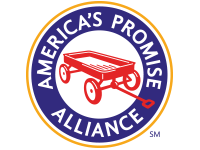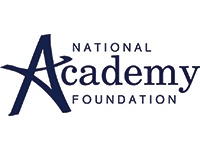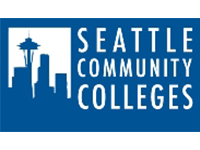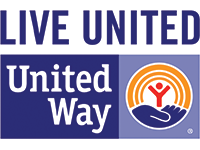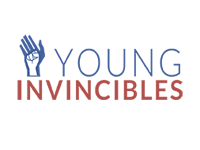What’s the Best Way to Rank a College?
•Every March, as students anxiously await acceptance letters from their preferred colleges and universities, those same institutions wait just as nervously to find how they’ve scored on US News and World Report’s annual rankings. Harvard, Princeton, Yale, Stanford, and Columbia usually battle it out for the top few slots, and up-and-coming institutions consider their improved ranking as an endorsement of their arrival. But what do these rankings highlight – and what do they ignore? Do the US News rankings focus primarily on elite institutions that serve relatively small numbers of students, most of whom are already likely to succeed?
Let’s take a look at the data that is used in the rankings. The scores include an institution’s reputation, tuition, acceptance rate, freshman retention rate, 6-year graduation rate, small class size and test scores of the incoming class. Most of this information favors top universities that serve the highest-achieving students.
Less-selective schools that take students who may be less college-ready and give them the skills they need to succeed don’t generally score as well in the rankings. Yet surely an institution with a mission to increase opportunity for first-generation and low-income students deserves praise and should be recognized for this accomplishment.
Several years ago, a nonprofit dedicated to eliminating the achievement gap, The Education Trust, developed an online tool to help parents, students, educators and policy makers compare similar institutions to find which were doing more to support high-risk students. The tool considers factors such as the percentage of students eligible for Pell grants, retention and graduation rates.
Check it out and see how your college or university fares. Also share your ideas about what you think is a fair way to rank institutions focused on increasing skills for low-income students.

